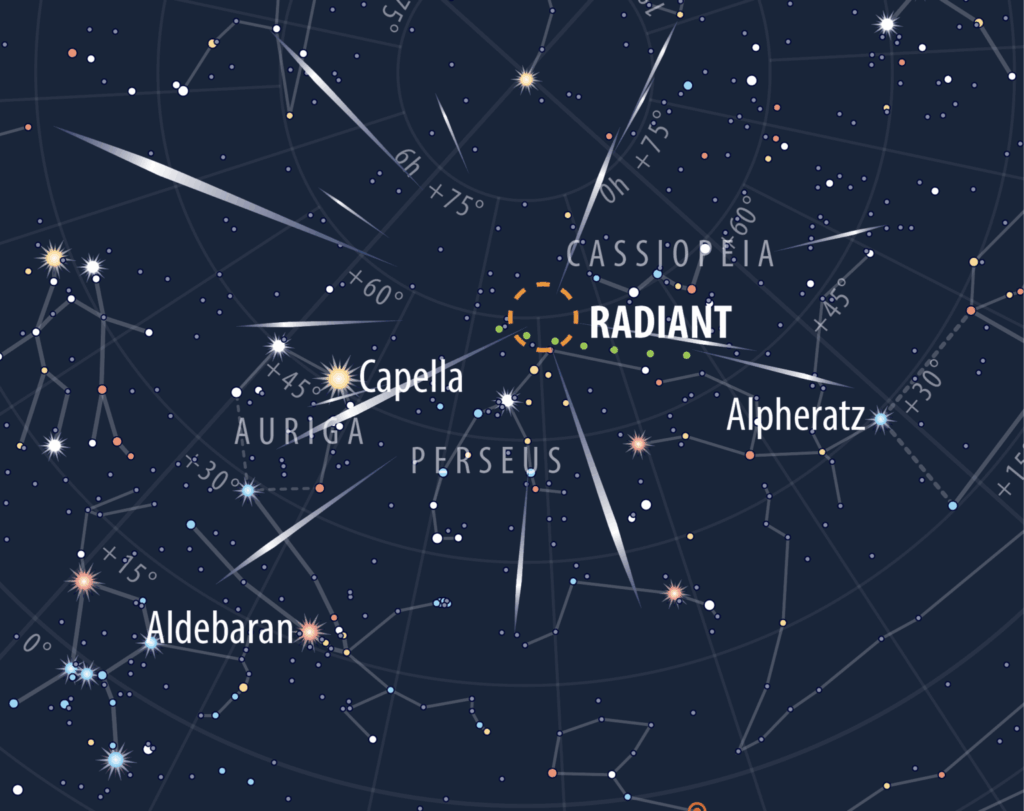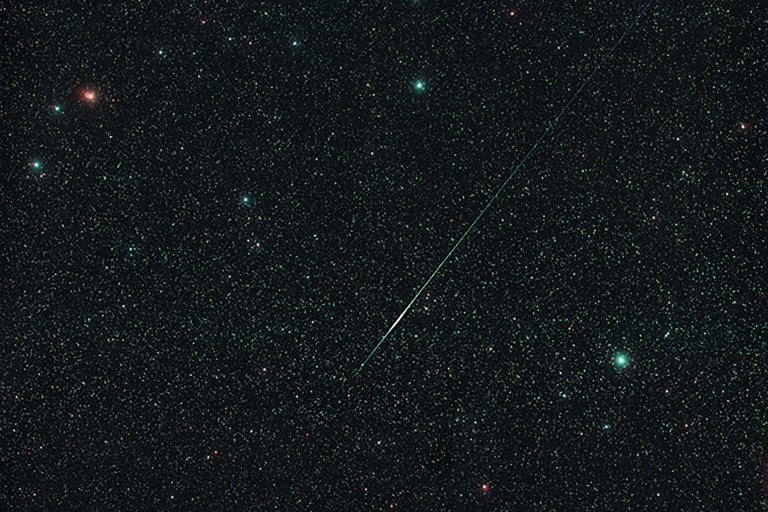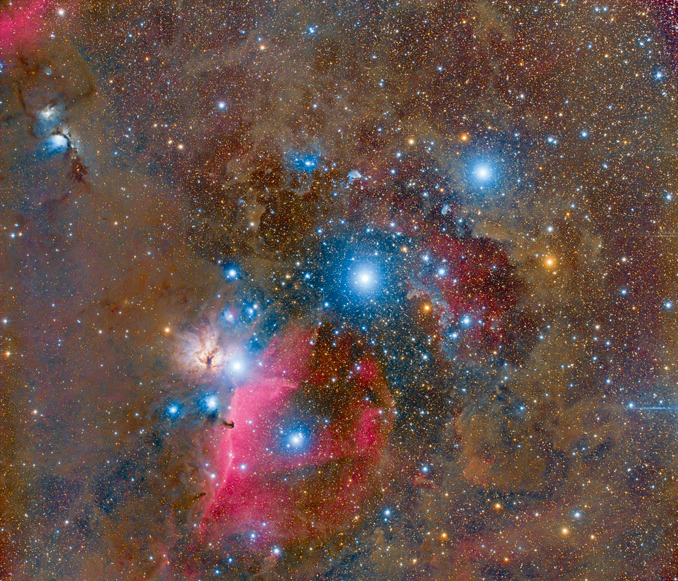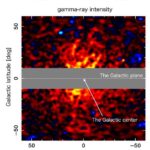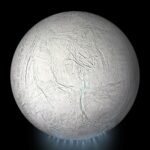Now Reading: Messier 67: Observe an ancient open cluster
-
01
Messier 67: Observe an ancient open cluster
Messier 67: Observe an ancient open cluster
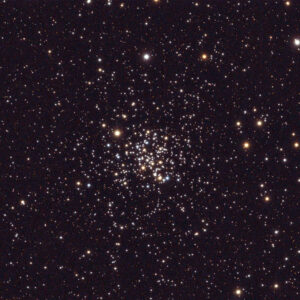

Messier 67 in Cancer is somewhat of an anomaly for an open cluster, having formed billions of years ago, well beyond average lifespans of the vast majority of open clusters.
When observing Cancer, the Crab, most telescope are understandably turned to the magnificent Beehive open cluster (M44), but don’t overlook Messier 67 (NGC 2682), the Crab’s other Messier-designated open cluster, which is remarkable object in its own right. M67 is a truly ancient cluster, with some astronomers calculating that it’s as old as an amazing five billion years! Gravitationally, open clusters are loosely bound, with an average life span of hundreds of million years.

Messier 67 is outclassed by the much brighter Beehive (mag. +3.1), its member stars shining with an integrated magnitude +6.9, which, in the main, puts it out of naked-eye range. However, a pair of 10 x 50 binoculars can show a granulated cloud of light lying 2° west of the fourth-magnitude star Acubens (alpha [α] Cancri).
An 80mm (~3-inch) telescope resolves around 20 to 30 stars against a nebulous background. M67 is a very rich cluster, especially in fainter stars, this characteristic being well displayed through telescopes in the 150mm (6-inch) class and above. Images show M67 expands to an apparent diameter of a full-Moon sized half a degree and is an extremely attractive cluster that’s peppered with highly-evolved red-giant stars, as one would expect from such an ancient object.
Stay Informed With the Latest & Most Important News
Previous Post
Next Post
-
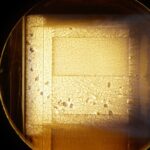 012024 in Review: Highlights from NASA in Silicon Valley
012024 in Review: Highlights from NASA in Silicon Valley -
 02Panasonic Leica Summilux DG 15mm f/1.7 ASPH review
02Panasonic Leica Summilux DG 15mm f/1.7 ASPH review -
 03How New NASA, India Earth Satellite NISAR Will See Earth
03How New NASA, India Earth Satellite NISAR Will See Earth -
 04And Thus Begins A New Year For Life On Earth
04And Thus Begins A New Year For Life On Earth -
 05Astronomy Activation Ambassadors: A New Era
05Astronomy Activation Ambassadors: A New Era -
06SpaceX launch surge helps set new global launch record in 2024
-
 07Space Force plans new ‘Futures Command’ amid pressure to speed up modernization
07Space Force plans new ‘Futures Command’ amid pressure to speed up modernization












